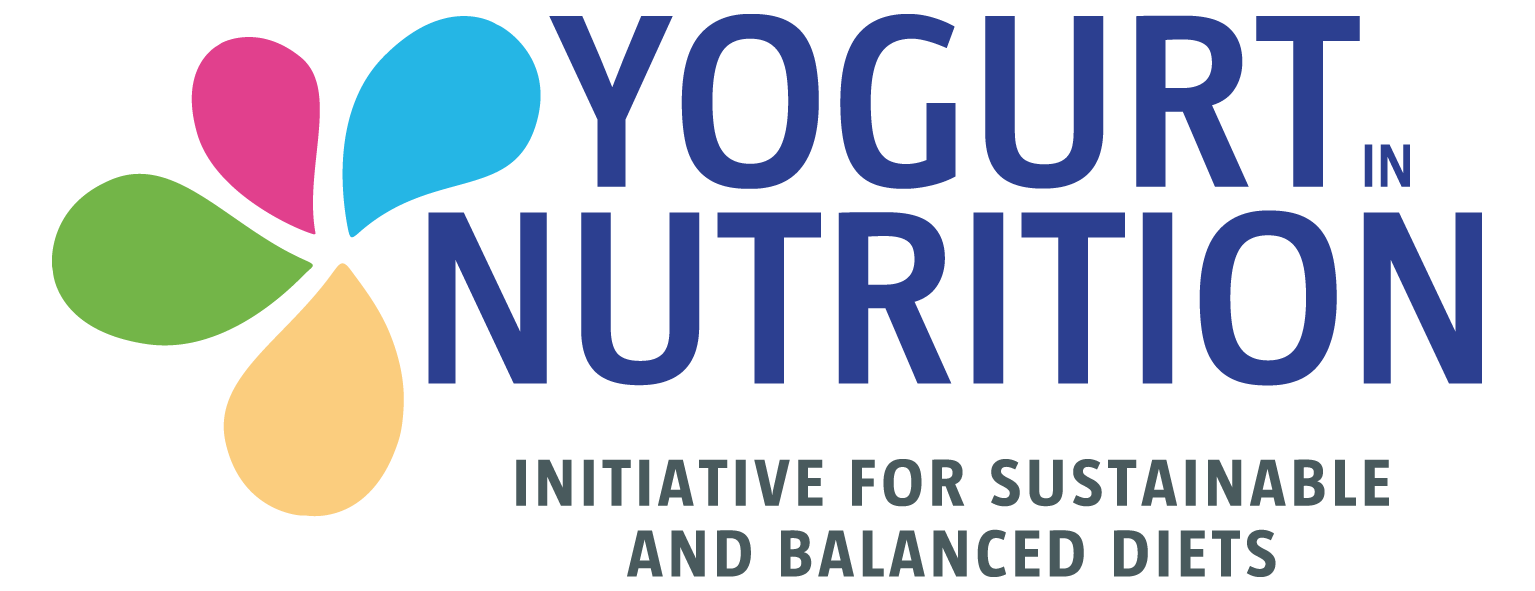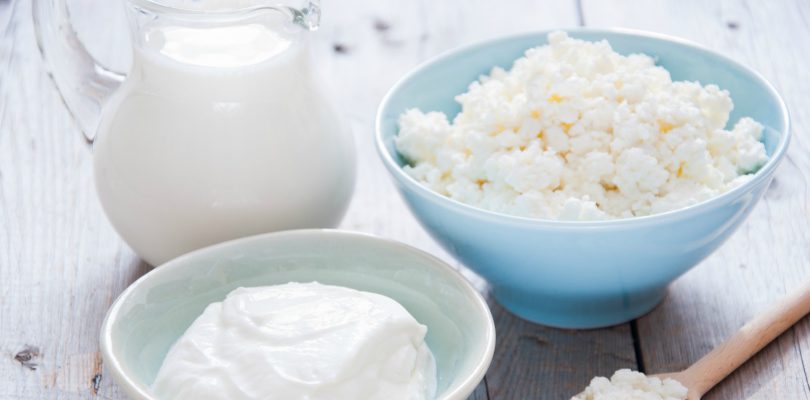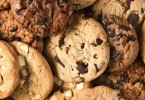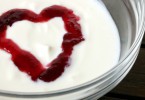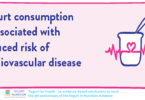Maximal stroke reduction with 125 g milk per day
This systematic literature search identified prospective cohort studies of dairy foods and incidents of stroke in stroke-free adults. It included 18 studies with 8 to 26 years of follow‐up that included 762,414 individuals and 29,943 stroke events. The results showed that a 200-g increment in daily milk intake was associated with a 7% lower risk of stroke (relative risk 0.93). Cheese intake was marginally inversely associated with stroke risk (relative risk 0.97 per 40 g/day). Risk reductions were maximal around 125 g/day for milk and from 25 g/day onwards for cheese.
Dairy types need to be more detailed
Although the study, published in the Journal of the American Heart Association, also found that high‐fat milk was directly associated with stroke risk, it was based on a limited number of studies. No associations were found for yogurt, butter, or total dairy. However, the authors note that further epidemiological studies are needed to provide more details about dairy types, including fat content.
To learn more, read the original article.
